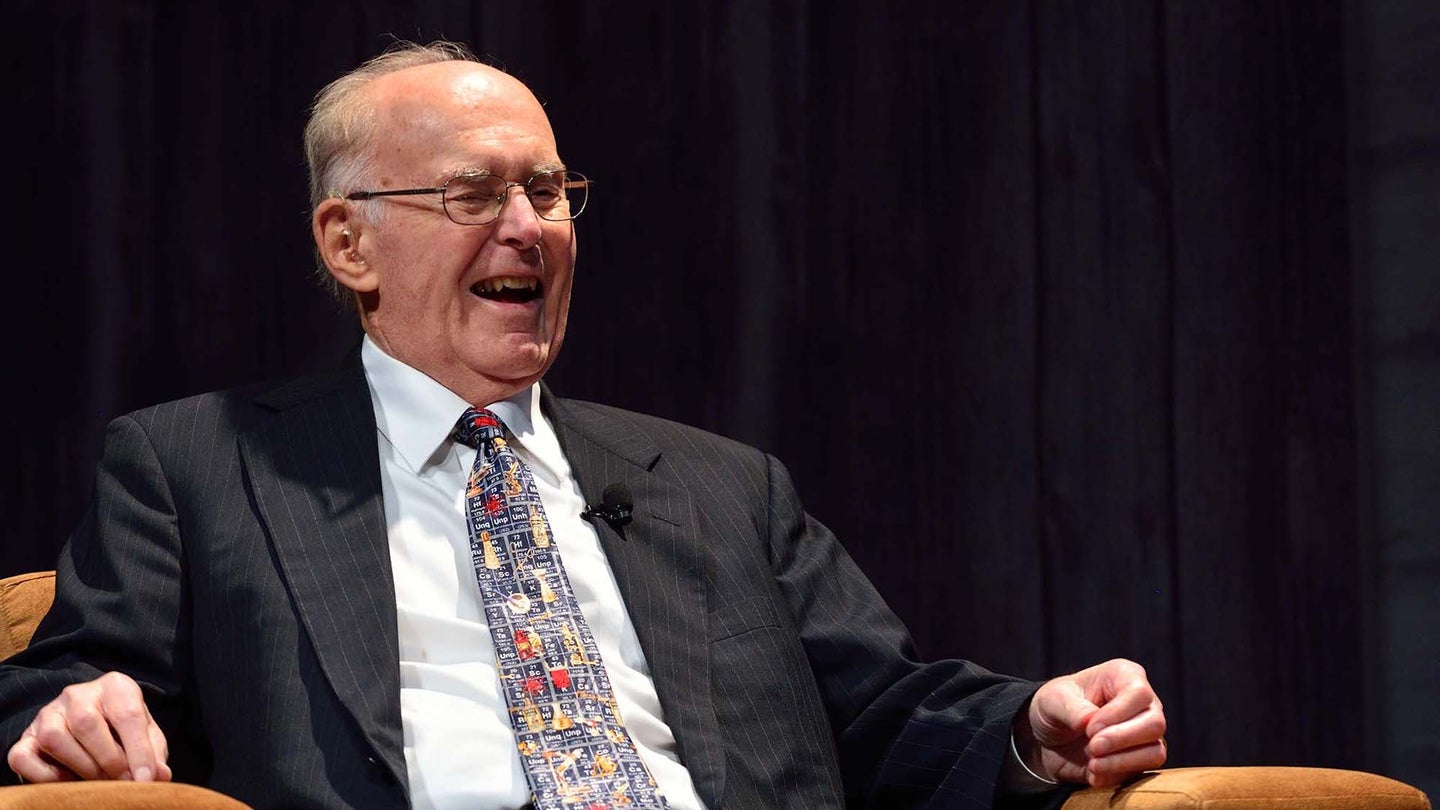The co-founder of Intel forecasted contemporary computing power over half a century back.
By
Andrew Paul|

Gordon Moore, co-founder of Intel and among the most prominent minds in calculating history, passed away on Friday at his house in Hawai’i at the age of 94. Referred to as among the designers of modern-day electronic devices for his deal with transistors and microprocessors, his observations on the trajectory of calculating developments– later on called Moore’s law– has actually shown extremely precise for almost 6 years.
Composing for the 35th anniversary concern of Electronic devices Magazine in 1965, Moore, a Caltech graduate and engineer, approximated that technological developments guaranteed transistors’ physical measurements would continue diminishing. Approximately double the variety of transistors, he anticipated, might fit on the very same sized chip every year. A years later on, Moore modified this timespan to 2 years, however this basic concept showed incredibly steady over the occurring years. As PC Mag notes, Intel’s very first commercially offered microprocessor included 2,250 transistors in 1971. Apple’s M2 Max chip, launched in January, includes 67 billion transistors.
“Integrated circuits will cause such marvels as personal computer– or a minimum of terminals linked to a main computer system– automated controls for cars, and individual portable interactions devices,” Moore composed in his 1965 short article, “Cramming More Components onto Integrated Circuits,” twenty years prior to PCs transformed computing and forty years prior to the iPhone’s launching.
[Related: Here’s the simple law behind your shrinking gadgets.]
Moore’s law directed the trajectory of Intel and competing processor business’ developments for many years. The law was just recently stated “dead” by Nvidia CEO Jansen Huang as advances have actually slowed in the last few years– an unavoidable conclusion to Moore’s observation as transistors’ physical restrictions are reached and supply expenses increase. This is an assertion that is not without its critics. Intel, for its part, preserves Moore’s law is still in result, and anticipates 1 trillion transistors per chip by the end of the years.
No matter when Moore’s law lastly taps out, its assisting concepts assisted move the contemporary computing market for several years, offering a criteria for business as electronic devices rapidly incorporated themselves into the material of worldwide society. As physical restrictions make themselves understood, scientists have actually relied on next generation improvements like quantum computing to continue innovative development. “Gordon’s vision survives on as our real north as we utilize the power of innovation to enhance the lives of everyone in the world,” Intel CEO Pat Gelsinger stated in a declaration on Friday.
“All I was attempting to do was get that message throughout, that by putting a growing number of things on a chip we were going to make all electronic devices more affordable,” Moore stated in a 2008 interview. Beyond his electronic devices improvements, Moore began an environmental management structure along with is spouse utilizing $5 billion of his own Intel stock, and stayed an ardent monetary fan of the Search for Extraterrestrial Life, or SETI.
Gordon Moore, modern-day computing leader, passes away at 94 posted first on https://www.twoler.com/
No comments:
Post a Comment